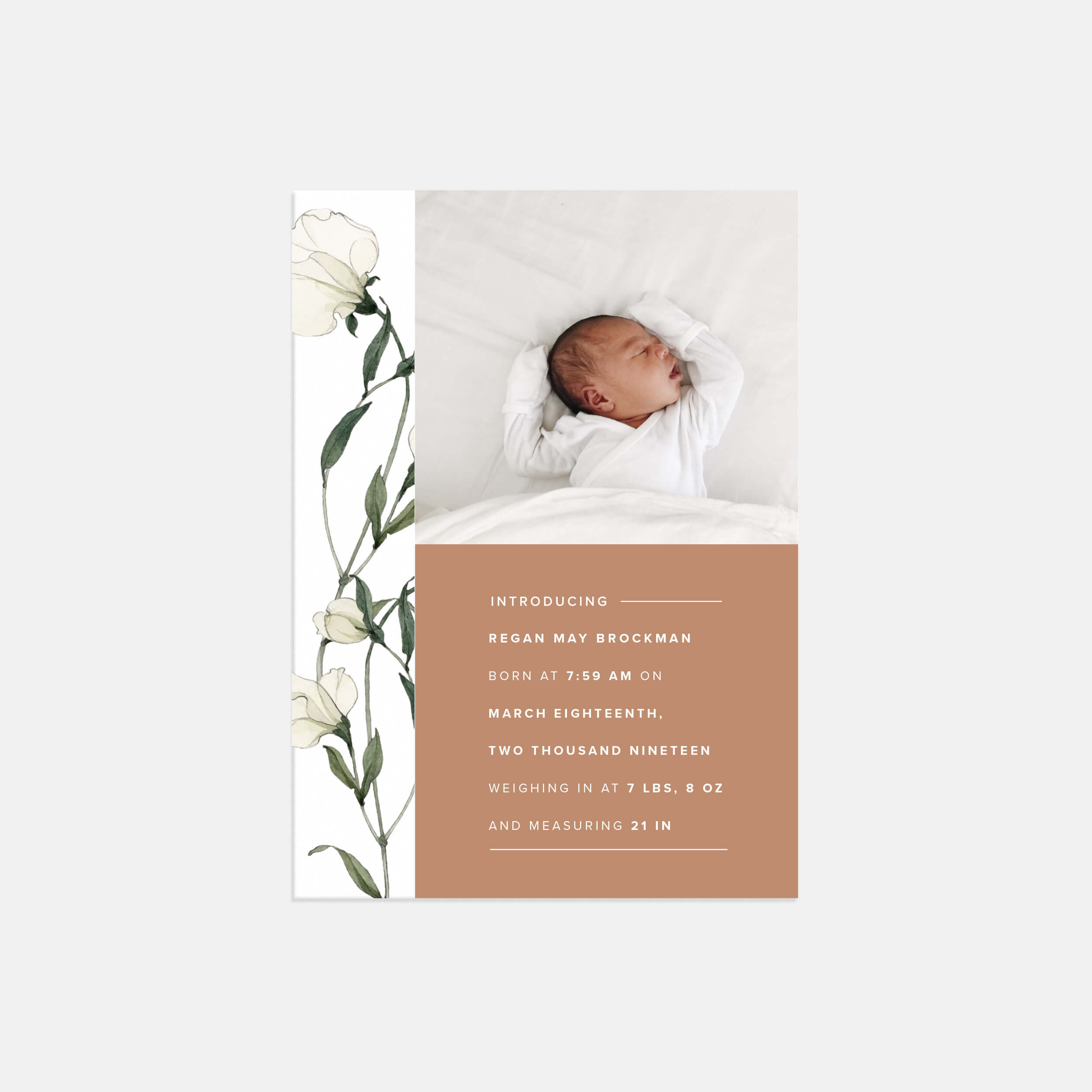Se7en Worst Personalised Gifts Techniques
페이지 정보

본문
One of the most famous proponents of the Romantic style of garden design was Capability Brown, who is often referred to as the "father of English landscaping." Brown was responsible for designing many of England’s most famous landscapes, including Blenheim Palace, Chatsworth House, and Stowe House. His designs were characterized by their naturalistic planting schemes, rolling lawns, and meandering lakes, which were intended to create the illusion of an untouched, wild landscape.
 6. Repotting: Over time, tropical houseplants may outgrow their pots and become root-bound. When this happens, it's important to repot your plants into a larger container with fresh, well-draining soil. Repotting can help to prevent root rot and give your plants room to grow.
6. Repotting: Over time, tropical houseplants may outgrow their pots and become root-bound. When this happens, it's important to repot your plants into a larger container with fresh, well-draining soil. Repotting can help to prevent root rot and give your plants room to grow.
Furthermore, tropical houseplants can help to create a more comfortable indoor environment by increasing humidity levels. Many tropical plants release moisture into the air through a process called transpiration, which can help to prevent dry skin, sore throats, and other symptoms of low humidity.
The Renaissance period saw a revival of classical garden design principles, inspired by the writings of Roman authors such as Vitruvius and Pliny. Italian Renaissance gardens, such as those at Villa d'Este and Villa Lante, featured formal layouts, axial symmetry, terraced levels, and elaborate water features. These gardens were designed to impress and delight visitors, showcasing the wealth and culture of their owners.
In the 20th century, garden design continued to evolve with the emergence of modernist and postmodernist movements, influenced by changing social, cultural, and environmental factors. Modernist gardens, such as those designed by Gertrude Jekyll and Lawrence Johnston, sought to blend art, architecture, and nature in a harmonious fusion of form and function. Postmodernist gardens, such as those created by Charles Jencks and Martha Schwartz, embraced irony, playfulness, and eclecticism in a bold departure from tradition.
In the world of indoor gardening, tropical houseplants have become increasingly popular for their lush foliage, vibrant colours, and exotic flair. These plants bring a touch of the tropics into our homes, providing not only aesthetic appeal but also numerous health benefits. Whether you're a seasoned plant parent or a beginner looking to green up your space, tropical houseplants are a wonderful addition to any indoor garden.
2. Water: Tropical houseplants generally like to be kept evenly moist but not waterlogged. Water your plants when the top inch of soil feels dry to the touch. Make sure to use room temperature water and avoid letting your plants sit in water, as this can lead to root rot.
Another key factor to consider when choosing houseplants is the amount of care and maintenance they require. If you have a busy schedule or are new to plant care, opt for low-maintenance plants that require minimal watering and attention, such as pothos, succulents and cacti. On the other hand, if you enjoy tending to your plants and have the time to dedicate to their care, you may prefer more high-maintenance plants that require regular watering, pruning and fertilising, such as orchids, fiddle-leaf figs and peace lilies.
Today, garden design encompasses a wide range of styles and approaches, from traditional to contemporary, formal to informal, minimalist to maximalist. The principles of sustainability, biodiversity, and ecological sensitivity have become increasingly important in garden design, as designers seek to create landscapes that are both beautiful and environmentally friendly.
1. Spider mites: These tiny pests can infest tropical houseplants and cause damage to their leaves. To get rid of spider mites, you can wash your plants with a gentle soap solution, increase humidity levels, or introduce natural predators like ladybugs.
Garden design has long been an integral part of British culture, with a rich history that dates back centuries. From the formal gardens of the Tudor era to the picturesque landscapes of the Romantic period, the evolution of garden design in the UK has been shaped by a myriad of influences, including changing tastes, advances in technology, and the natural environment itself.
The Victorian era ushered in a new era of garden design, with the rise of the gardenesque style and the influence of exotic plants and materials from around the world. Victorian gardens were characterized by their eclectic mix of styles, materials, Www.Imf1Fan.com and plants, with ornate structures, intricate borders, and colourful displays. The formal bedding schemes and intricate parterres of the Victorian era reflected the opulence and grandeur of the period, with an emphasis on display and showmanship.
The history of garden design is a rich tapestry of styles, influences, and innovations, reflecting the changing aspirations, values, and aesthetics of different societies. From the formal gardens of ancient civilizations to the contemporary landscapes of today, the art of garden design has continually evolved to meet the needs and desires of each era. The principles of sustainability, biodiversity, and ecological sensitivity are now guiding the evolution of garden design, as designers seek to create landscapes that are both beautiful and environmentally friendly. The future of garden design promises to be as diverse, dynamic, and innovative as its past, as designers continue to push the boundaries of creativity and imagination in shaping the landscapes of tomorrow.
- 이전글What's The Current Job Market For Mesothelioma And Asbestos Lawyer Professionals? 24.09.28
- 다음글Mesothelioma Settlement Tools To Improve Your Everyday Lifethe Only Mesothelioma Settlement Trick That Every Person Should Learn 24.09.28
댓글목록
등록된 댓글이 없습니다.




